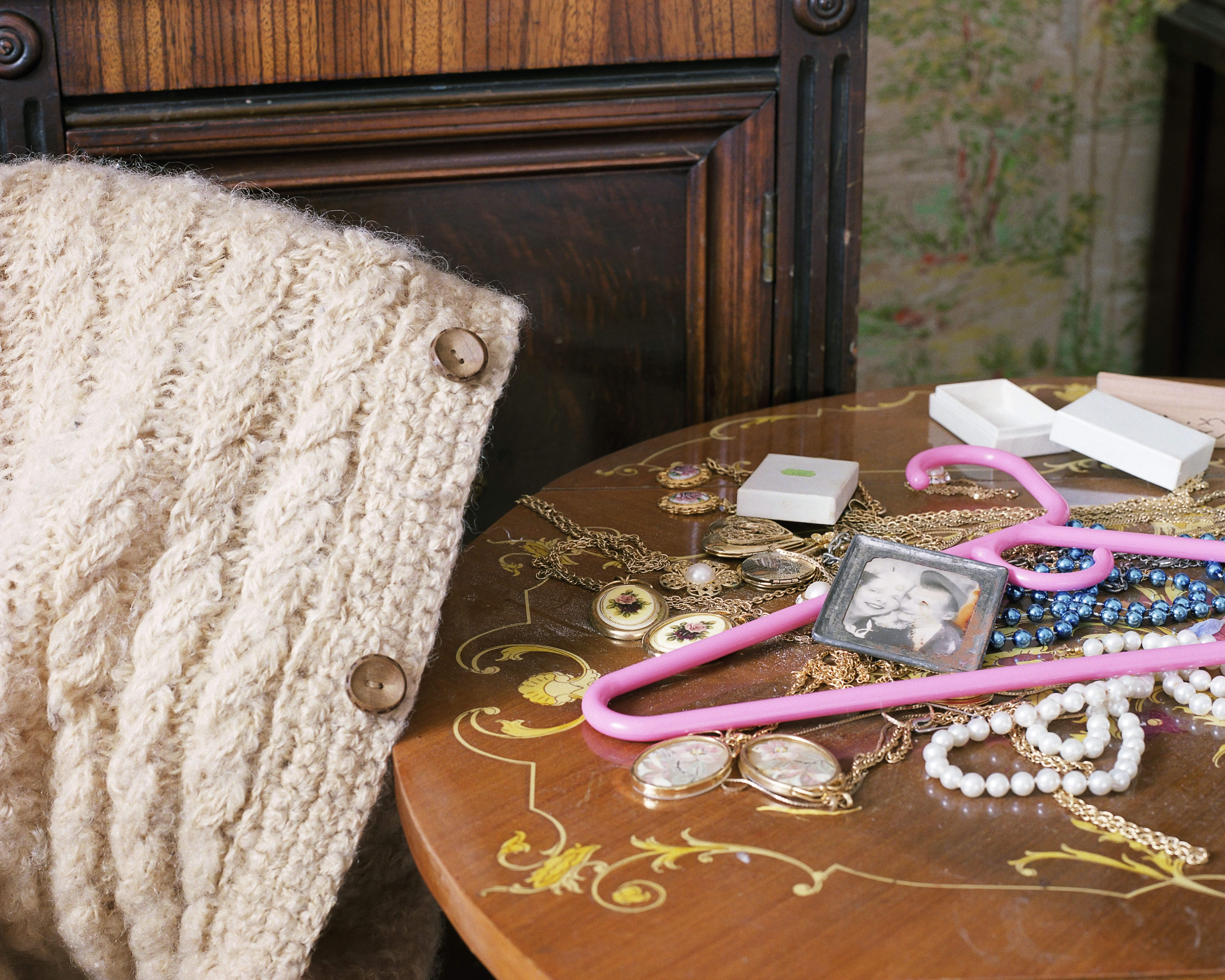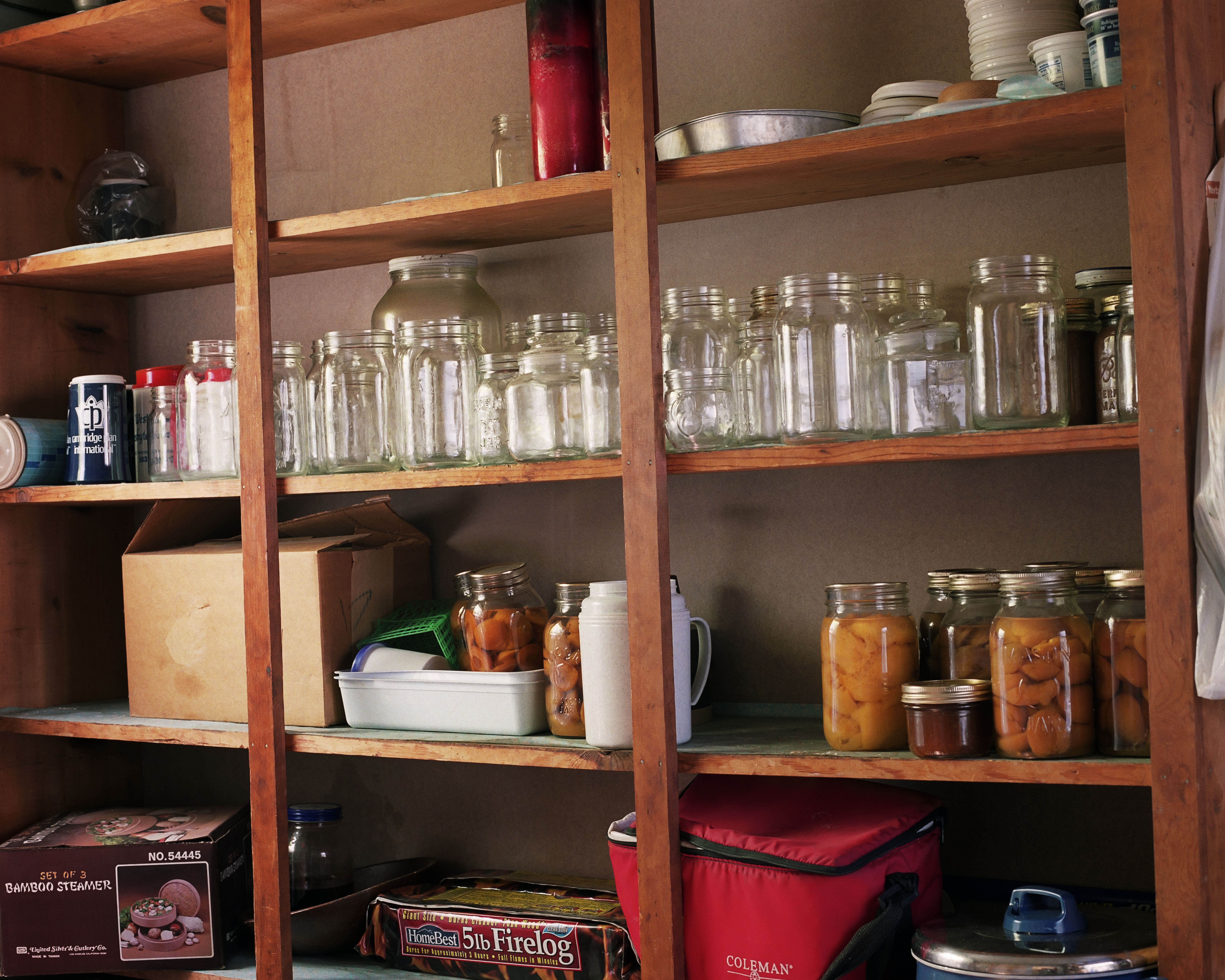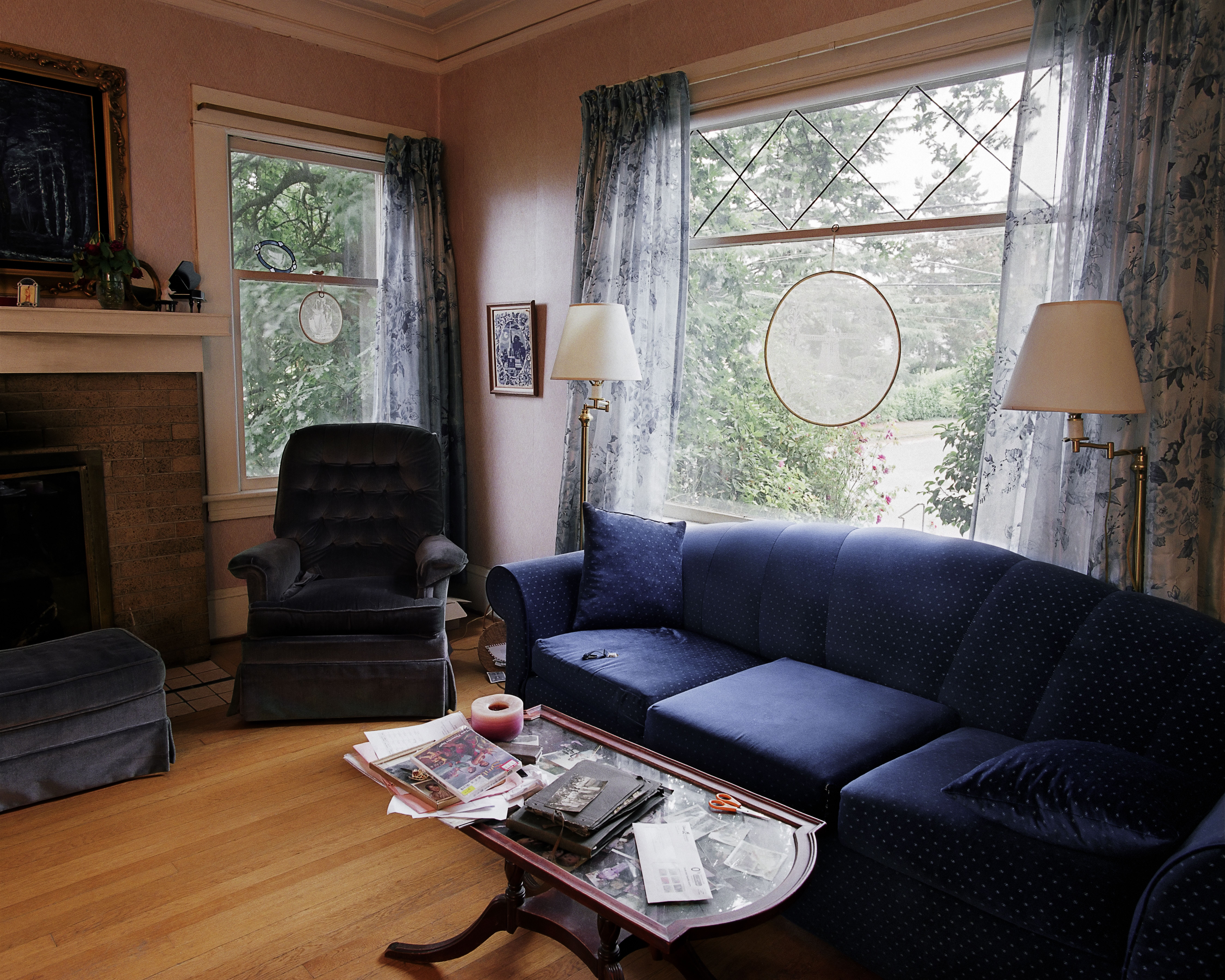AARP Hearing Center

Caregiving crises can erupt with a phone call. For me it happened on a glorious sunny morning in the summer of 2008 with a ring from my sister. Within hours of hearing that Mom’s caregiver needed to be fired, panic and fear enveloped me because we realized Mom would soon have to leave home.
Our family home had accumulated 42 years of memories, heirlooms, children's toys and a life well lived - but also a huge task to undertake to prepare my mother to move into long-term care.
Many Boomers and Gen Xers have faced this task and we wonder ourselves how to help the younger generation get ready by editing our life's collections sooner than later. But how do you get started?
I'm excited to join AARP for a special webinar Thursday, Aug 13 on how to declutter and potentially get ready for downsizing. Get tips from decluttering professional Matt Paxton and other professionals. Sign up here http://spr.ly/6180GeFw6
I'll be sharing my own journey with my mom leaving home which was a labor of love, but also the beginning of a creative project with my husband, Robert Miller.
Leaving Home
As we faced moving mom into long-term care with the confluence of failing health and finances, our only choice was to sell the house that Mom had never wanted to leave. We were all working. We chose to “put” Mom into Adult Foster Care. Going from 4,000 square feet to a few hundred square feet takes judicial edits. We packed the essentials into suitcases and drove her to a welcoming new residence with 24-hour care. Yes it was nice. But it wasn’t home -- just a place to live until the end.
The turmoil of that summer, with the closing up of the house and the sale of it to strangers, is somewhat of a blur. I will forever be in awe that my husband-photographer Robert Miller had the presence of mind to insist on going into the house to take pictures. Robert told me later he was interested in documenting the home as an homage to my parents and family. He said the house felt a bit like an archeology project – 40 years of photographs, school projects, hand-made sweaters, toy trucks and dolls, books and records, clothes, ceramics and more.
A Time Gone By
He positioned his Mamiya medium format camera in the various rooms and spent the day shooting film. He chose 20 images

to print including spinning wheels and canned goods, the baby grand and the china cabinet. You don’t see many interiors like this anymore. It’s so quaint and old-fashioned, you can almost smell chocolate cookies baking in the oven and imagine Glenn Miller’s Moonlight Serenade playing on the stereo.
And like the layers of memories the house enveloped, the photographs waited in a box while we looked after Mom. Ordering taxis with wheel chair lifts. Getting to the doctors. Sorting out Medicare plans. Buying personal items. Picking up prescriptions. And in our spare time, working and hoping to find a moment of fun for her as well. On one such occasion, my sister and I took her to lunch. We wrestled her and a walker out of the car and got her into the restaurant where the only thing that struck her fancy was a bowl of guacamole and a 2-year-old a few tables away. For the first time in weeks, we broke out laughing and relaxed.
During this time, Robert urged me to “write down some memories,” but I never had the time. After Mom died, he tried again. And this time, I sat at the keyboard with the photographic proofs, often in tears. But soon the photographs brought up memories, and I began to write. It wasn’t a factual history of this native Oregon family. It was just memories of a child recalled by a woman who had recently lost her mother and father a few years earlier.

Putting it all together
About the same time, Robert was putting together an exhibit for the Hoffman Gallery at Lewis & Clark College. The gallery curator, Linda Tesner, suggested the photographs and essays should be shown together. She and Robert created the exhibit “Leaving Home, An Homage.” (See the photographs here). You can still read about it online from an Oregonian story by the Pulitzer Prize winning writer, Julie Sullivan – along with great photos by Randy Rasmussen.

Many people told us the exhibit inspired them to write down their memories and to photograph family homes before they were gone forever. Not everyone has a photographer in the family, but even snapshots and simple essays or letters can be profoundly meaningful. I hope that some of our younger family members will rediscover “Leaving Home” as they fully mature. What I would give to have my grandmother’s memories now!
Caregiving has its rewards, but let’s be honest. It’s tough to see your parents fail and pass away. Nothing can prepare us for the grief and loss. But the photographs and stories live on, and some of my favorite images hang on our walls at home. Ten years later, maybe it’s time to put them all together into a book for the family….
Resources:
Whether you were a caregiver, are a caregiver or are helping others, you’re not alone. AARP has fabulous resources online. Please do yourself a favor and check them out. You can share you story with us at https://act.aarp.org/iheartcaregivers/
And as to documenting your own family memories, if you give yourself time to write, the memories will bubble up. Don’t worry about perfection. You can edit later. There are a number of resources for helping you write family memories or share thoughts with loved ones including Life review from Stanford. Another resource is "Structured Life Review." The process helps put cataclysmic experiences into perspective. And like me, you might find that it is the closest thing you have to spending time with your parents.
[ Photographs by Robert B Miller]
Joyce De Monnin is the Communications Director at AARP Oregon, and a 5th generation Oregonian.































































